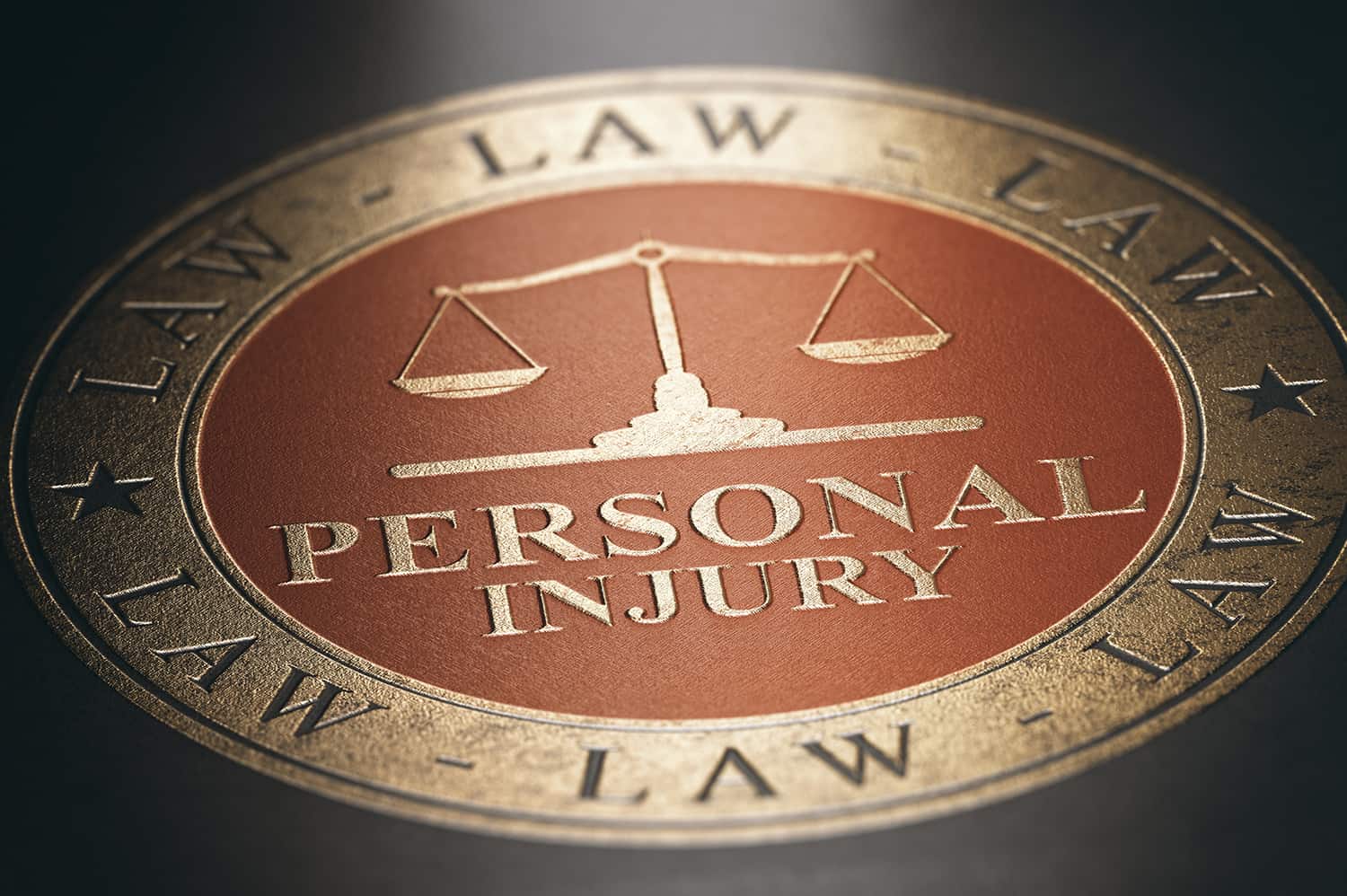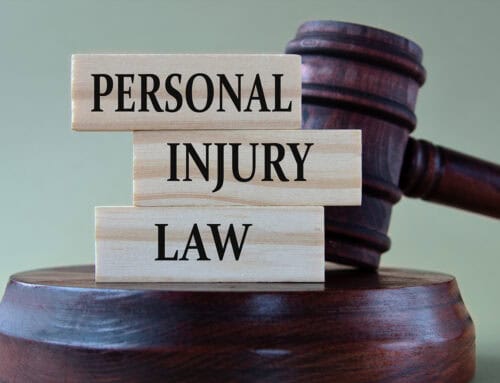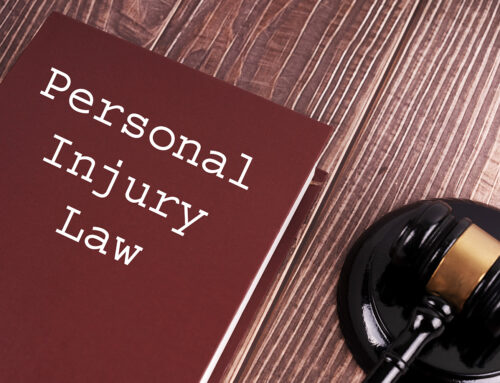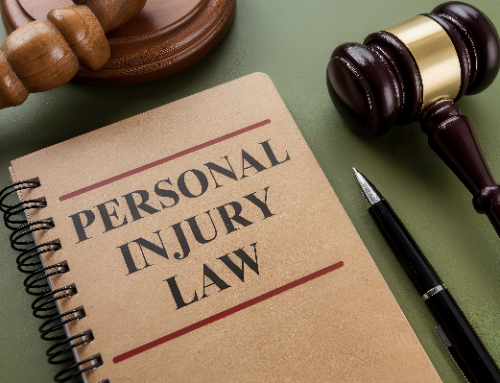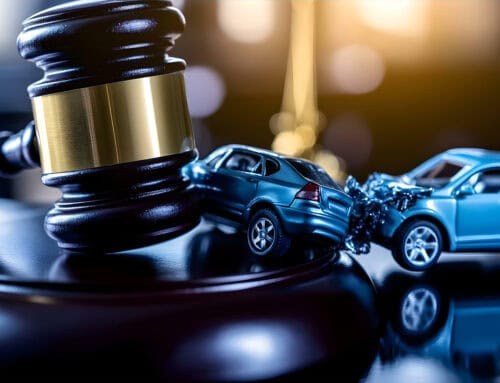The Surprising Range of Personal Injury Tort Cases
Tort law is part of a state’s civil code that provides remedy or restitution to someone harmed by another person’s actions. Primary personal injury torts, or harmful acts, can run the gamut from the mundane to the unusual. Since many people drive or ride in automobiles, trucks and motorcycles, cases involving motor vehicle accidents are typical personal injury tort examples.
Other common tort cases include dog and animal bites, slip-and-fall accidents and defamation torts, especially involving social media. People who frequently use parks and public spaces, for example, can be at risk for injuries inflicted by a dog. Retired persons who love travel may sustain a personal injury stemming from an organized tour, cruise or public attraction. Learn more about what constitutes personal injury, whatever the causes.
Tort Law vs. Criminal Law
The purpose of the civil tort laws is to restore the injured party financially by paying medical expenses, lost wages and in some cases, pain and suffering. The emphasis is compensation for the victim.
On the other hand, criminal law addresses penalties for a crime against the state and its citizens. The emphasis is on punishment to protect the public and deter future lawbreakers.
Some personal injury torts carry both civil and criminal implications. An obvious example is assault and battery. The perpetrator may be charged in criminal court, while the injured victim may also sue the violator in civil court to recover payment for doctor and hospital bills and earnings lost.
3 Classifications of Tort Law
Most personal injury torts fall into one of three categories. The type of tort determines what the plaintiff needs to prove for a successful claim.
1. Unintentional or Accidental Torts
Most people do not want to deliberately hurt someone else when they are driving, exercising a pet or running a business. Unfortunately, this does not mean they always take proper precautions to avoid injuries to others.
To collect compensation in an unintentional tort case, you must prove the other party, or defendant, was negligent by establishing five essential factors:
- The defendant had a legal responsibility, or duty, to the victim.
- The defendant did not carry out this responsibility due to any action taken or neglected.
- The defendant’s response resulted in the victim’s injury.
- The defendant should have anticipated or expected the injury might occur.
- The victim suffered some type of damage.
2. Intentional Torts
Occasionally, someone may set out to harm another person due to anger, retribution, or other reasons. Intentional personal injury torts can include physically attacking another person or taking actions that cause emotional anguish or defamation of someone’s reputation or character.
3. Strict Liability Torts
The third type of tort does not evaluate intentions or determine whether an injury was foreseeable. The most common situations where strict liability torts come into play involve animal bites and product liability.
Primary Tort Cases in Personal Injury
Along with frequent cases involving motor vehicle accidents, animal bites and product liability, other personal injury tort cases often occur.
Slip-and-Fall Mishaps
A wide variety of hazards may exist on business properties, personal residences and even apartments or homes rented by tenants. Common situations include customers tripping over items left by an employee in a store aisle, lack of prompt cleanup of spills, failure of a property owner to shovel or salt icy walkways, or injuries sustained when invited to visit a friend.
Nursing Home Abuse
Unfortunately, abuse of residents in nursing homes and assisted living facilities can occur with physical or emotional injuries inflicted by the facility’s staff or other residents. California’s personal injury laws apply to all forms of nursing home and elder abuse, and the California Department of Aging provides warning signs and contact information on its website.
Travel Accidents
The list of personal injuries that may arise during business and leisure travel is almost endless, and transportation incidents include more than motor vehicle collisions. Aviation accidents cause injuries in the air and on the ground, and harm can occur during bus, rail and cruise travel. Tourist attractions such as amusement parks or boardwalk activities may result in hurtful episodes, and slip-and-fall accidents can happen anywhere, even in a museum or hotel.
Statute of Limitations
If you receive any type of personal injury, it is critical to note the date and take legal action within the timeframe set by state law. In California, you have two years from the date of the incident to file a civil court personal injury lawsuit. If you fail to meet this statute of limitations, the court will not hear your case
In a case of libel or slander, California sets a deadline of one year for filing a defamation lawsuit.
Legal Experience in Personal Injury Cases
Whether you have been involved in a common personal injury tort case such as a motor vehicle accident or an extraordinary event involving unexpected trauma, you need professional help to sort through civil law’s complexities. At the Law Offices of Brent D. George, we have experience with personal injury torts and know how to assess each case. Contact us today to book a free consultation.
Disclaimer: This article is intended for informational purposes only and does not constitute legal advice. For personalized assistance, please contact our office at (805)494-8400.

